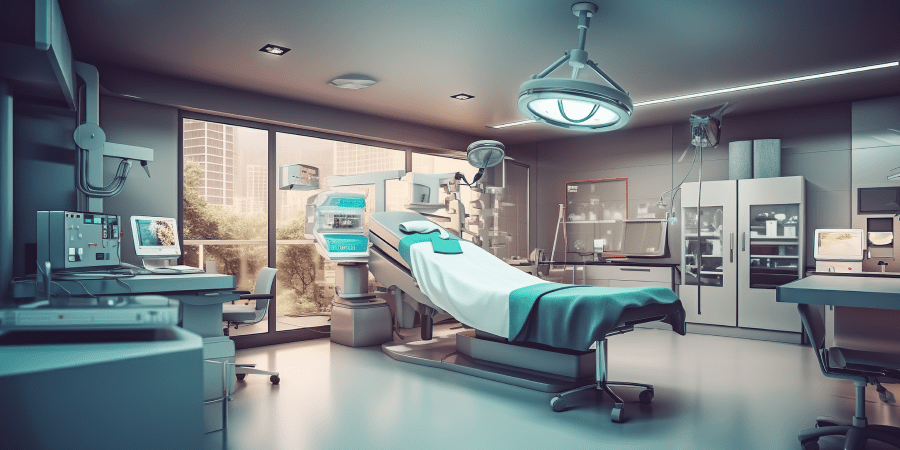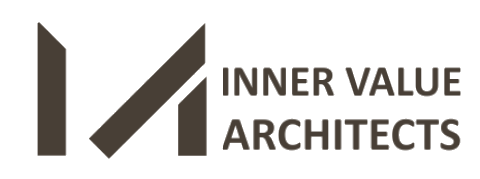In today’s world, we’re all looking for ways to be...
There must be a careful balance between individual silence and group work when designing a medical office setup. It is of the utmost significance to strike a balance between the need for the privacy of patient information and the need for efficient teamwork in the healthcare setting in order to provide the best care possible to patients. Maintaining patient confidentiality is essential to achieving both regulatory and quality healthcare goals. Healthcare providers have legal and ethical responsibilities to protect their patients’ privacy while handling sensitive patient information.
However, cooperation is necessary so that healthcare providers can organize their efforts, share important data, and make decisions with accurate information. It takes careful planning to create an environment where patients can feel comfortable sharing medical information while maintaining their own privacy. Patients’ and doctors’ demands are different, so it’s important to figure out where sensitive information will be handled and design a setting that will encourage collaboration and open lines of communication without sacrificing patient privacy. In this post, we’ll discuss some of the most important guidelines for designing a healthy and productive medical facility.
Ways to Strike a Privacy Collaboration When Designing a Medical Layout
When planning the layout of a medical office, it’s important to find an appropriate balance between privacy and collaboration together. Here are some ways to find this fragile balance:
1. Clear Zones
Establishing separate areas for diverse tasks is the first step in designing a functional medical office layout. Private consultation spaces, examination areas, collaborative workstations, waiting areas, and administrative offices are all necessary components of this layout. Patient confidentiality and respect for the patient’s individuality are both ensured by providing a private space. Healthcare practitioners can preserve the privacy of their patients’ conversations by establishing separate rooms for consultations and patients. However, a collaborative and effective healthcare atmosphere is fostered by the presence of collaboration zones, such as shared workstations and break rooms, where medical personnel can work together and share information.
2. Privacy-Focused Reception Area
As the first point of interaction between the hospital and its patients and visitors, the reception area must ensure the confidentiality of any information exchanged there. With features like discreet check-in desks, password-protected registration forms, and soundproof partitions, patients can relax knowing that their personal information is safe. Patients can feel more at ease while waiting in a dedicated waiting area with individual couches or dividing walls. With a focus on patient privacy, the waiting room can serve as a safe haven for medical professionals to discuss delicate matters without fear of repercussion.
3. Private Consultation Rooms
Having separate spaces for patient consultations and staff meetings is crucial in any healthcare facility’s structure. In order to protect the privacy of their patients, doctors’ offices should install soundproofing and lock their doors. To create a welcoming and reassuring environment, the design should also put a premium on the patient’s level of comfort. Private consultation rooms allow doctors and nurses to speak with patients in an atmosphere that is conducive to healing and respectful of their privacy.
4. Exam Rooms With Privacy Features
Privacy for patients is important, but so is the ability for medical professionals to work together during examinations. Building confidence between patients and doctors is easier when patients and doctors know that private conversations and examinations will be protected by soundproof walls and doors. Include elements like frosted glass or drapes that may be drawn as needed to hide sensitive regions while still facilitating simple contact between medical staff. Privacy features in exam rooms help maintain patient confidentiality, promote the doctor-patient relationship, and encourage productive interaction among healthcare personnel.
5. Collaborative Workstations
It is important to strategically put collaborative workstations in public places to encourage communication and coordination among medical staff. Medical professionals can work together more effectively on patient cases, research, and decision-making in a single, centralized location that features state-of-the-art amenities like shared screens and secure network access. However, it is just as important to think about personal privacy. Separators or partitions should be incorporated around each workstation to create private spaces, as this will ensure that patient information is kept private. The efficiency of the entire team and the well-being of the patients are both improved by this unified approach.
6. Soundproofing and Acoustics
Keeping the medical office private is an important part of protecting patients’ confidentiality. Soundproofing in examination and consulting rooms is essential for preserving the privacy of patient talks. The use of soundproofing and adequate acoustics in waiting rooms helps ensure the privacy of patients’ conversations. By creating a soft background noise, sound masking systems assist hide private talks from prying ears in neighboring rooms. Better acoustics and soundproofing in hospital architecture help maintain patients’ privacy and boost staff efficiency.
7. Privacy in Administrative Areas
Create safe spaces for administrative work that respect patients’ right to confidentiality by installing locks and other physical barriers. Open and collaborative workstations encourage teamwork and communication among personnel, while soundproofing, secure access controls, and designated private locations keep critical discussions private. Innovative technological solutions, such as secure communication platforms and secure document management systems, are able to further protect patients’ personal information in administrative settings. Facilitating doctors’ ability to work together for the benefit of patients without compromising their ethical duty to protect patient’s privacy.
8. Incorporate Technology Thoughtfully
Modern medical facilities are more effective and easier to reach than ever before because of technological breakthroughs. However, carefully integrating technology is essential for protecting confidentiality while simultaneously inspiring teamwork. Implementing trustworthy EHR systems is a crucial part of this system’s design. It is crucial to implement rigorous data encryption protocols to protect patient privacy. Medical facilities that value patient confidentiality should emphasize data security training for their staff. By learning how to spot the warning signs of a data breach, how to make strong passwords, and how to use technology safely, employees can become more privacy-conscious.
Wrapping Up
Getting the layout of a medical office to strike a good balance between private and working together is not easy. It takes careful planning, attention to detail, and a deep understanding of how healthcare environments are different. By setting up clear zones, a medical facility can create a place that protects patient privacy and makes it easier for doctors and nurses to talk to each other. If you want a great medical layout with the right approach, you can hire hospital architects with great experience in hand. They can find the right mix between privacy and collaboration, which will improve patient care and satisfaction.










